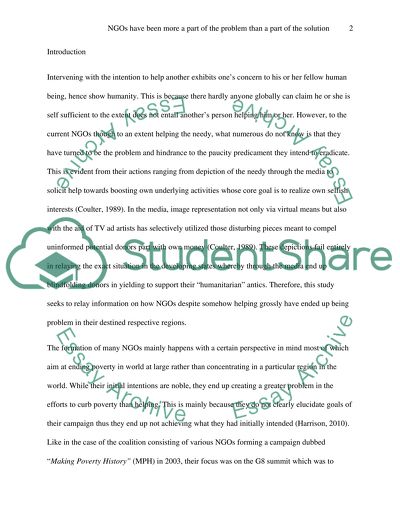Cite this document
(“Through representation of poverty in particular ways, NGOs have been Essay”, n.d.)
Through representation of poverty in particular ways, NGOs have been Essay. Retrieved from https://studentshare.org/social-science/1683086-through-representation-of-poverty-in-particular-ways-ngos-have-been-more-a-part-of-the-problem-than-a-part-of-the-solution-discuss-with-relevant-examples
Through representation of poverty in particular ways, NGOs have been Essay. Retrieved from https://studentshare.org/social-science/1683086-through-representation-of-poverty-in-particular-ways-ngos-have-been-more-a-part-of-the-problem-than-a-part-of-the-solution-discuss-with-relevant-examples
(Through Representation of Poverty in Particular Ways, NGOs Have Been Essay)
Through Representation of Poverty in Particular Ways, NGOs Have Been Essay. https://studentshare.org/social-science/1683086-through-representation-of-poverty-in-particular-ways-ngos-have-been-more-a-part-of-the-problem-than-a-part-of-the-solution-discuss-with-relevant-examples.
Through Representation of Poverty in Particular Ways, NGOs Have Been Essay. https://studentshare.org/social-science/1683086-through-representation-of-poverty-in-particular-ways-ngos-have-been-more-a-part-of-the-problem-than-a-part-of-the-solution-discuss-with-relevant-examples.
“Through Representation of Poverty in Particular Ways, NGOs Have Been Essay”, n.d. https://studentshare.org/social-science/1683086-through-representation-of-poverty-in-particular-ways-ngos-have-been-more-a-part-of-the-problem-than-a-part-of-the-solution-discuss-with-relevant-examples.


